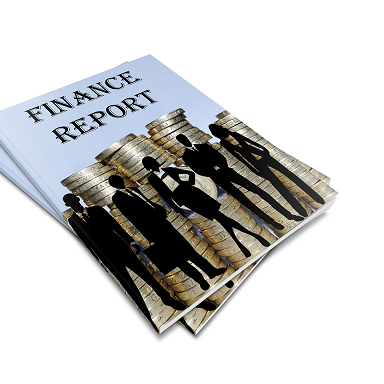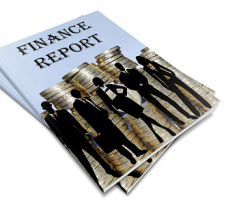IFRS also refers to International Financial Reporting Standards. It specifies how an IFRS reporter will analyze revenue and to give financial users detailed, informative, and better disclosures.
IFRS 15 was brought to light in May 2014 and will always apply to annual reporting that begins on or after 1 January 2018.
 For you to realize your revenue using IFRS 15, you must take the following steps:
For you to realize your revenue using IFRS 15, you must take the following steps:
Step 1: Identify the Contract(s) With Your Customer
For a contract between you and your customer to be within the scope of IFRS 15, it must meet the following:
- The contract has to be approved by the parties (you and your customer.)
- Both your rights should be clear
- The payment terms have to be clear
- The contract should have a commercial substance, and
- There’s probability that the consideration will be met.
Step 2: Identify the Performance Obligations in the Contract
As an entity, you should assess the goods that your customer will obtain and treat it as a performance or obligation:
- The good or service should be distinct
- The series of goods or services should have criteria of transfer
For goods or services to be transferred in the same pattern, the following should be met:
- If the good or service will be a performance obligation
- If only one method will be used to measure your entity’s progress on satisfying the obligation
For a good or service to be referred to as distinct, it has to satisfy the following:
- If your customer can benefit from it
- If your promise to transfer the good or service can be identified.
Step 3: Determine the Transaction Price
A transaction price is the agreed amount that your entity will get when you transfer the goods or service to your customer.
In case the consideration you promised in the deal has a different amount or figure, you should do an estimate so that you can set things clear. Failure to do that may lead to disputes between you and your customer, which will end your stellar relationship in the long run.
Step 4: Allocate the Transaction Price to Each Performance Obligation
You should allocate the transaction price to each performance obligation so that you can set things clear between you and your customer.
If the contract between you and your customer has more than one obligation, you will have to set the transaction prices to each performance obligation.
If your standalone selling price isn’t clear, you’ll have to estimate it. Various methods you could use include adjusted market approach, expected cost plus a margin approach, and residual approach.
Step 5: Recognise Revenue in a Performance Obligation
The obligation is said to be satisfied if the promised goods or services have been delivered to your customer and he or she has control over them.
Performance obligations can be met at a specific time. So, for it to be satisfied, you should choose the best way you would measure your progress, such that you know how much you will have generated when finally you meet your performance obligation.
Bottom Line
If you were waiting to implement IFRS 15 in your entity, you should move fast because you now have what it takes to get you started.






